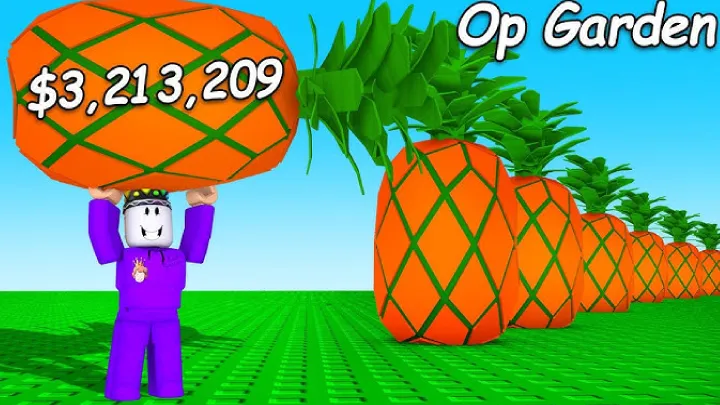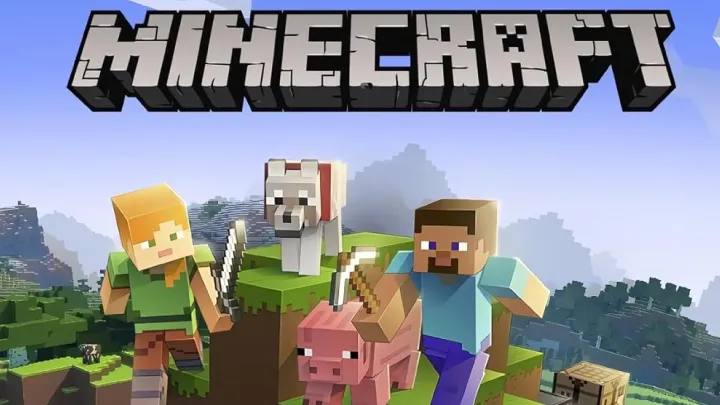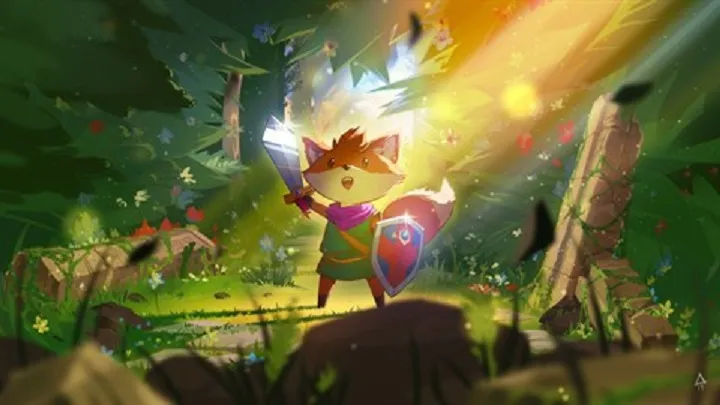Introduction
Gardening games have long provided players with a peaceful escape from the real world, but Grow a Garden raises the bar by combining strategy, creativity, and resource management in a deeply engaging way. Whether you’re coaxing your first tiny sprout into life or curating an elaborate botanical masterpiece, this game offers limitless possibilities for growth and experimentation. Success here isn’t just about planting seeds—you’ll need to balance soil health, weather conditions, and plant compatibility to create a truly thriving garden.
This comprehensive guide explores Grow a Garden’s core mechanics, advanced strategies, and hidden secrets. By the time you finish reading, you’ll have the knowledge to maximize your yields, unlock rare hybrids, and build a breathtaking garden that endures every challenge the game throws your way.
1. Understanding the World of Grow a Garden
The world of Grow a Garden is a living ecosystem where every choice you make has consequences. Seasonal changes directly affect plant growth, while pollinators such as bees and butterflies are critical for fertilization. Unlike static farming simulators, the game’s unpredictable weather can be a blessing or a curse: rainstorms may boost growth but also wash away fragile seedlings.
Soil composition plays a big role. Sandy soil drains quickly but needs frequent watering. Loamy soil retains nutrients and supports a wide range of plants, while clay-heavy soil can suffocate roots unless improved with compost. As you progress, you’ll unlock hydroponic systems and greenhouses, allowing you to bypass harsh conditions and experiment year-round.
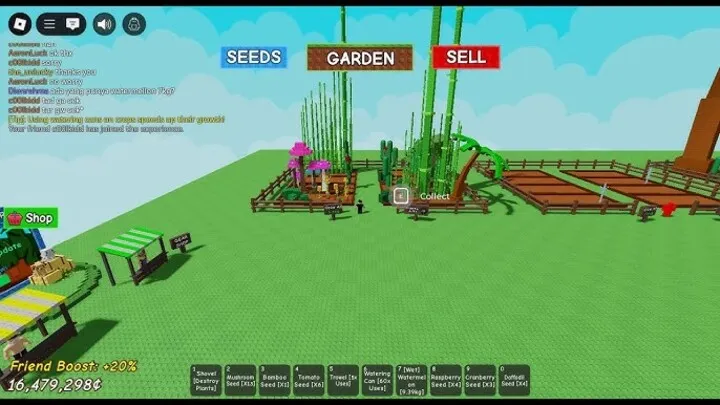
The environment itself feels alive. Birds might scatter seeds to unexpected areas, pests could decimate crops overnight, and NPC gardeners will occasionally influence your local ecosystem. Paying attention to these interactions gives you a competitive edge.
2. Preparing for Your First Planting
Your starting garden plot is small, and your tools are basic, so resist the temptation to overplant. Begin by clearing debris, loosening the soil, and testing its fertility. If the soil is lacking nutrients, add compost or manure before sowing.
Start with hardy, fast-growing plants like lettuce, marigolds, or sunflowers. They’re forgiving of early mistakes and will quickly reward your efforts. Water sparingly—overwatering can drown roots and invite fungal infections.
Sunlight management is critical. Study how light moves across your plot and position plants according to their needs. Shade-loving herbs or flowers will thrive under taller vegetables or near trellises, while full-sun crops like tomatoes and peppers need unobstructed exposure.
3. Crafting and Resource Management
Crafting is integral to survival and efficiency in Grow a Garden. Use gathered materials—sticks, stones, clay, and plant fibers—to craft trellises, raised beds, and simple irrigation systems.
Essential Crafting Tips
- Combine rain barrels with hoses to create an automated watering network.
- Use compost bins to recycle plant waste into nutrient-rich fertilizer.
- Save rare seeds or grafting materials for mid-to-late-game hybrid experiments instead of using them too early.
Resource management is equally important. Water is finite during droughts, so plan irrigation schedules and prioritize drought-resistant crops. Overusing fertilizer can harm soil health, so rotate crops and allow sections of your garden to rest.
4. Navigating Seasons and Weather Patterns
Each season in Grow a Garden introduces distinct challenges. Spring promotes rapid growth and abundant pollination, while summer can bring droughts and increased pest activity. Autumn is perfect for harvesting and composting, and winter tests your planning skills with frost and reduced daylight.
Keep an eye on the in-game weather forecast. Sudden storms can flood garden beds, so protect fragile seedlings with cloches or greenhouse covers. During heatwaves, use shade cloths or frequent watering to prevent plant stress. Timing your planting around these patterns maximizes yields and minimizes losses.
5. Building and Upgrading Your Garden Infrastructure
As you progress, infrastructure upgrades will transform your modest plot into a productive, visually appealing haven. Begin by expanding garden beds and adding pathways for easier navigation. A composting station and rainwater collection system will improve efficiency and sustainability.
Later upgrades include automated sprinklers, glass greenhouses, and decorative ponds. These not only make gardening more efficient but also enhance your garden’s aesthetic value. Well-planned layouts minimize wasted movement and make plant health monitoring easier.
Lighting matters, too. Solar lamps or lanterns let you tend your garden after sunset and add charm. Fences or hedges protect crops from wandering animals, while raised beds improve drainage and accessibility.
6. Advanced Crafting and Hybrid Plants
Advanced crafting unlocks a world of creative possibilities. Grafting and crossbreeding allow you to create unique hybrids, like ultra-sweet tomatoes or frost-resistant roses.
Invest in specialized tools such as pruning shears, grafting tape, and propagation trays. Many rare hybrids require precise conditions, such as grafting during a full-moon event or planting two species in close proximity during a meteor shower.
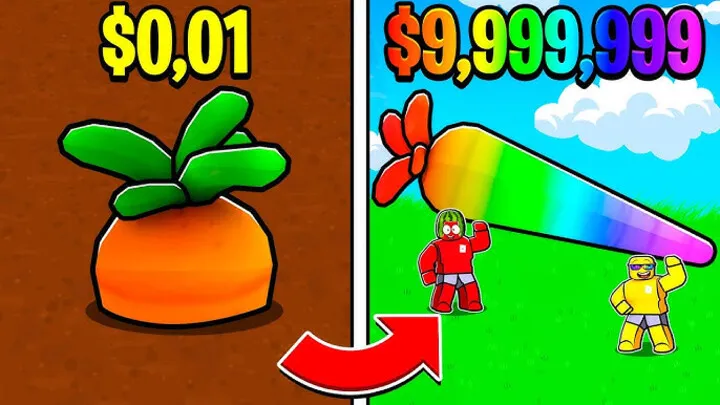
Pro Tip: Maintain a hybrid journal to record your experiments. Tracking both successes and failures will save resources and speed up your progress toward legendary plants.
7. Managing Plant Health and Pests
Healthy plants mean higher yields and fewer setbacks. Check your crops frequently for yellowing leaves, spots, or wilting—these could signal disease, nutrient deficiencies, or pests.
Organic methods should be your first line of defense. Introduce ladybugs to control aphids or plant marigolds to repel nematodes. For tougher infestations, craft natural sprays using garlic or neem oil. Avoid overusing chemicals, which can harm beneficial insects and degrade soil quality.
Mulching, crop rotation, and pruning also improve overall garden health. These practices reduce stress on plants, improve soil fertility, and deter pests naturally.
8. Exploration Strategies and Hidden Secrets
Grow a Garden rewards explorers. Venture beyond your starting area to find rare seeds, unique crafting materials, or helpful NPC gardeners offering quests. Some zones unlock only after achieving certain milestones or acquiring upgraded tools.
Dynamic events—such as meteor showers, eclipses, or seasonal festivals—present unique opportunities. A meteor shower might leave behind “stardust seeds” that glow at night, while festivals could reward you with exclusive blueprints for advanced structures.
Mark areas of interest on your map. Return later with upgraded equipment to collect resources or complete objectives you couldn’t tackle earlier.
9. Multiplayer and Co-op Gardening Tactics
Co-op mode transforms Grow a Garden into a shared adventure. Divide tasks among players—one focuses on irrigation, another on crafting, and a third on scouting for rare seeds. Communication is key: coordinate planting schedules and infrastructure upgrades to avoid chaos.
In multiplayer, pest invasions and weather effects scale with player count. Work as a team to protect vulnerable crops and allocate resources fairly. Collaborative projects, such as building themed gardens or competing in seasonal contests, create some of the most memorable moments in the game.
Consider dividing your shared garden into themed sections: vegetables in one area, flowers in another, and decorative landscaping elsewhere. This keeps tasks organized and makes your garden visually stunning.
10. Preparing for Late-Game Gardening Challenges
Late-game gardening tests every skill you’ve developed. Expect extreme weather, aggressive pests, and challenging quests for legendary plants. Prepare by stockpiling fertilizers, advanced tools, and hybrid seeds.
Upgrade your infrastructure with reinforced greenhouses and automated irrigation networks. Store backup seeds in case disasters wipe out your crops. Aesthetic challenges, such as designing themed botanical displays or hosting NPC garden tours, provide extra rewards and bragging rights.
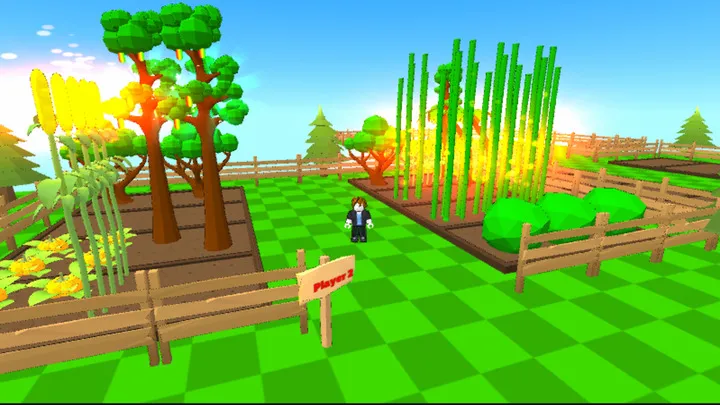
Patience and flexibility are essential. Don’t fear experimentation—some of the best discoveries happen after unexpected setbacks.
Conclusion
Grow a Garden is far more than a simple planting simulator—it’s a journey of strategy, creativity, and patience. From your first seedling to late-game hybrid experimentation, every choice shapes your garden’s future.
Whether you cultivate solo or team up with friends, success depends on planning, adaptability, and imagination. Every bloom you nurture and every challenge you overcome contributes to the beauty and vibrancy of your virtual paradise.









